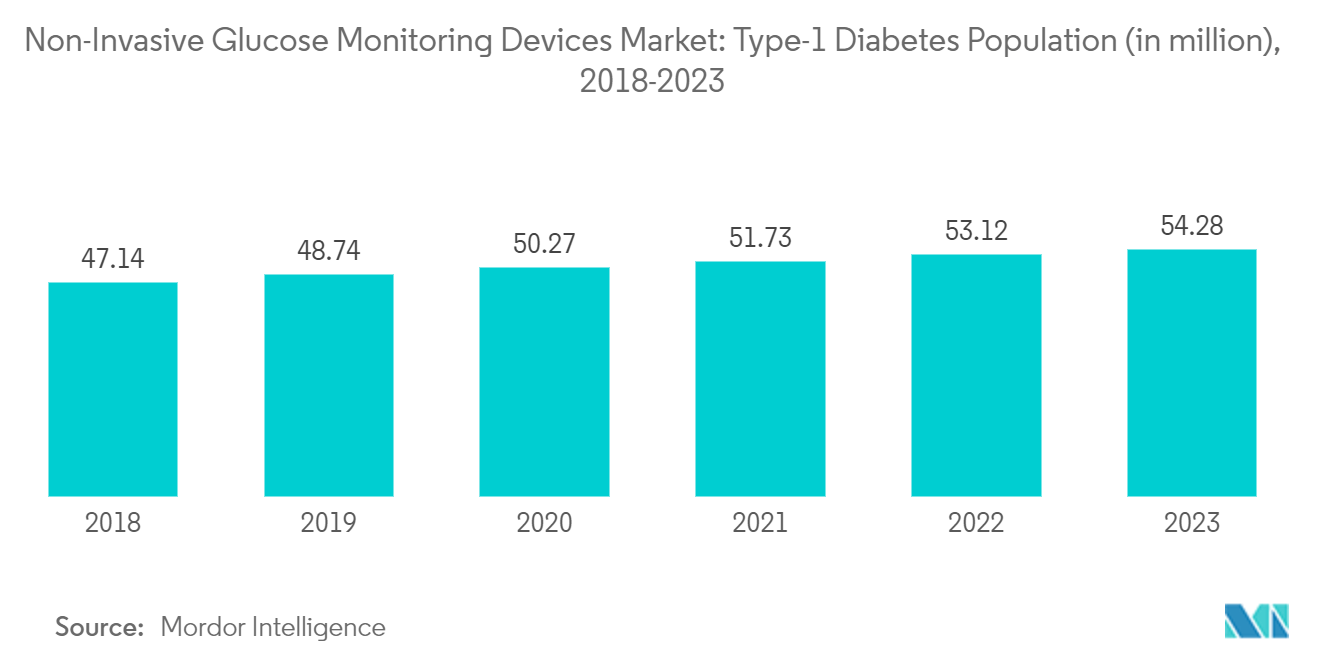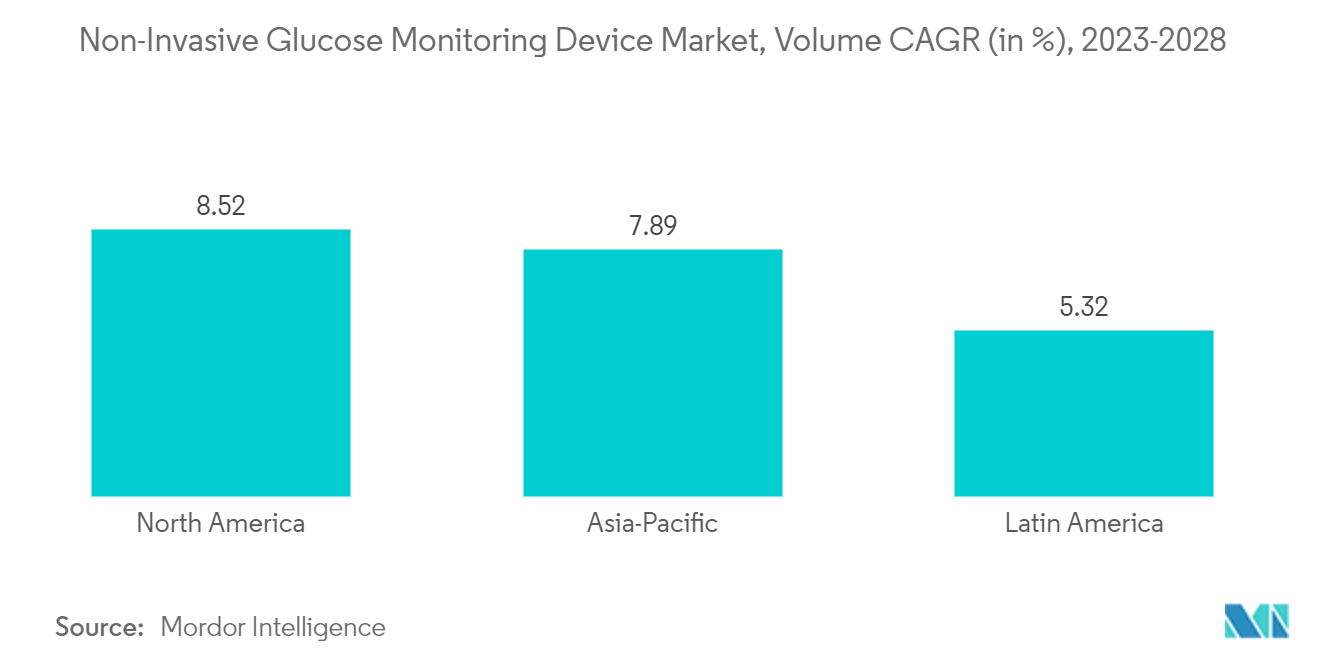Market Trends of Non-Invasive Glucose Monitoring Device Industry
The market for non-invasive continuous glucose monitoring (nCGM) devices is projected to witness substantial growth in the upcoming years
The market for non-invasive continuous glucose monitoring (nCGM) devices is projected to witness substantial growth in the upcoming years due to various factors. These factors include: By 2030, it is projected by the World Health Organization (WHO) that the global population of adults with diabetes will surge to 578 million, highlighting the alarming rise in diabetes prevalence. Additionally, there is a growing demand for glucose monitoring methods that are convenient and painless, which non-invasive CGM devices fulfill. Moreover, the progress in technology is playing a significant role in the enhancement of accurate and reliable non-invasive CGM devices.
Abbott Laboratories, Dexcom, and Senseonics are among the prominent corporations engaged in the development and commercialization of nCGM devices. These companies are making substantial investments in research and development to enhance the precision and dependability of their nCGM devices, as well as to broaden their market presence.
nCGM devices possess the capability to greatly enhance the management of diabetes through the provision of real-time glucose monitoring. This feature aids in the prevention of both hypoglycemia and hyperglycemia. Additionally, nCGM devices offer healthcare providers valuable data that can assist them in making more informed treatment decisions.
The outlook for nCGM devices appears promising. Scientists are persistently working on advancing novel technologies that offer improved accuracy, dependability, and affordability. Moreover, the integration of nCGM devices with other diabetes management tools like insulin pumps and smartphone apps is on the rise. This integration is set to enhance the convenience and effectiveness of nCGM devices for individuals living with diabetes.
Here are some of the significant trends that are anticipated to shape the future of nCGM devices:
1. Enhanced precision: Scientists are actively working on new technologies to enhance the accuracy of nCGM devices.
2. Improved comfort: nCGM devices are being designed to be smaller, lighter, and more comfortable for users.
3. Integration with diabetes management tools: nCGM devices are being seamlessly integrated with other diabetes management tools like insulin pumps and smartphone apps.
4. Real-time insulin dosing: Researchers are making advancements in nCGM devices to enable real-time insulin dosing, potentially revolutionizing the management of type 1 diabetes.
As these trends continue to progress, nCGM devices are expected to play an increasingly vital role in diabetes management.

The North American region is Expected to Witness the Highest Growth Rate Over the Forecast Period
Two main factors are propelling the market for non-invasive glucose devices. Firstly, the rising prevalence of diabetes, particularly in North America, is a significant driver. According to the International Diabetes Federation, there are currently over 46 million adults with diabetes in this region, and this number is projected to exceed 55 million by 2030.
Secondly, there is a growing demand for non-invasive methods of glucose monitoring. Traditional invasive techniques, such as finger pricks, can be painful and inconvenient for patients. Non-invasive devices offer a more comfortable and convenient alternative, which is why their popularity is increasing.
Additionally, the increasing adoption of wearable technology is also contributing to the market's growth. Wearable devices like smartwatches and fitness trackers can be seamlessly integrated with non-invasive glucose monitoring devices, enabling continuous glucose monitoring.
Lastly, the market is being driven by the growing awareness of the benefits of non-invasive glucose monitoring. These devices have the potential to enhance diabetes management and prevent complications, which is why more individuals are recognizing their value.
The North American market for non-invasive glucose devices is projected to witness sustained growth in the forthcoming years. This can be attributed to the rising prevalence of diabetes, the surging demand for non-invasive glucose monitoring techniques, and the growing acceptance of wearable technology. Furthermore, the market is anticipated to gain advantages from the advancements in novel non-invasive glucose monitoring technologies.


